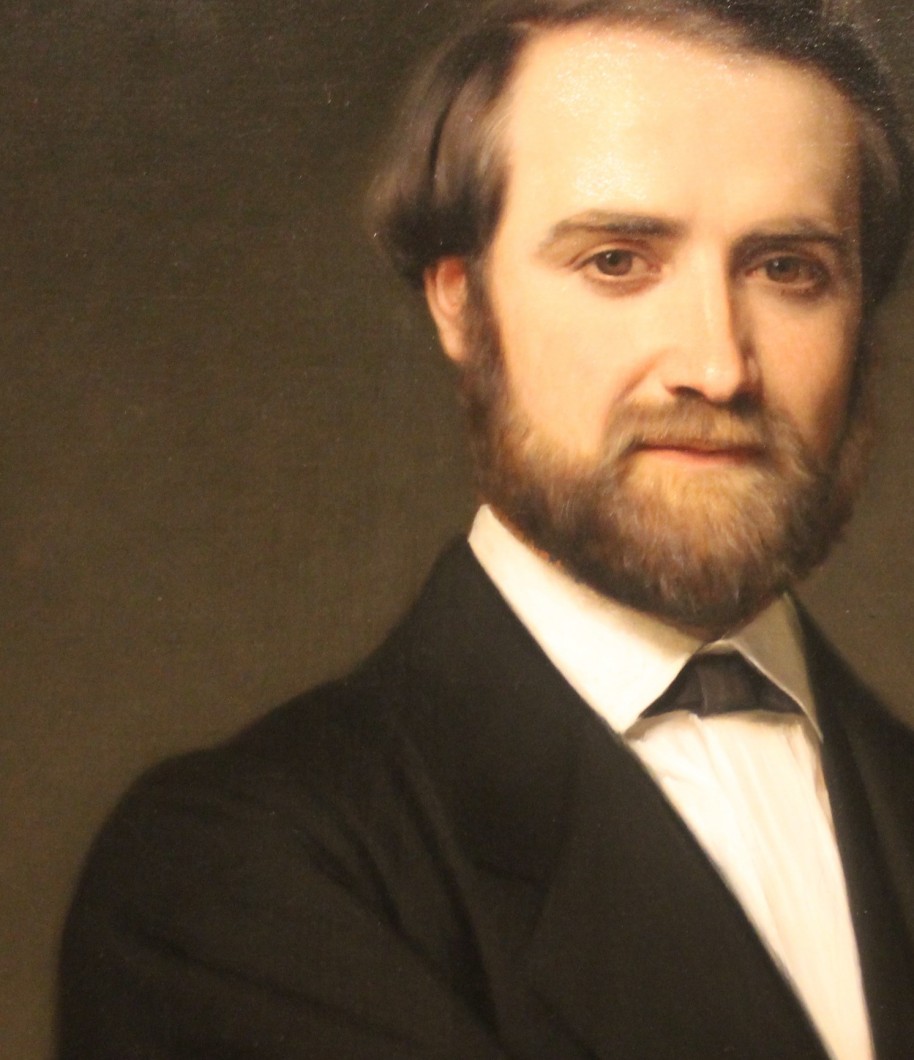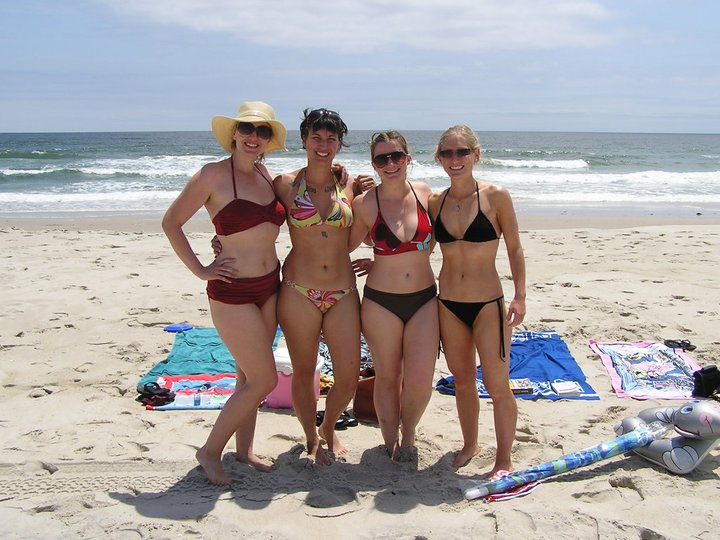
Kun-Yang Lin Dancers Explore What Philly Really Means in “HOME/S. 9th St.”

Story, photos by Jill Beckel (unless otherwise noted)
What does “home” mean to you? Is it your childhood home, your current home or maybe a place you visited once that felt like the home you never had? Maybe it’s a mix of a lot of feelings and images. Home is not the same for everyone.
The world premiere of Home/S. 9th St. took place at FringeArts right near Penn’s Landing with shows on Nov. 19th, 20th and 21st. The notions of “home” and “American-ness” were discovered in part through stories of residents living on Philly’s diverse South 9th Street where the Kun-Yang Lin Dancers rehearse at CHI Movement Arts Center. Kun-Yang Lin teaches CHI Awareness Technique which is a philosophy involving bringing one’s whole self into the dance. While the Kun-Yang Lin Dancers are a contemporary dance company, for this piece they focused more on the movement and emotion of the piece rather than a strict type of dance.
Explore Philly got a chance to observe a rehearsal of the show a week before the performance and sit and chat with Artistic Director Kun-Yang Lin and Executive Director Kenneth Metzner. Kun-Yang Lin came up with the idea for the show in the summer of 2013 after a trip to Indonesia. The trip was a moving experience for him as he worked with three other contemporary dancers. He observed them “completely surrender themselves to the dance” and was in awe. He began to think about his own home in Philadelphia living as an immigrant and what it meant to him. What you call home may be very different from person to person. And home is not always a location. The process and exploration of discovering what “home” means to you connects us as humans. HOME/S. 9th St. is a journey into our neighborhoods and communities, and an exploration of what we can learn from each other. It explores the past, present and future of all of the communities’ stories melded into one.
Through the story circles with neighbors on S. 9th St. and local performances, the dancers and Kun-Yang Lin connected with the community in more ways than they had ever even thought possible. They interviewed their neighbors to hear their reflections of home and shared theirs as well. Kun-Yang Lin and his dancers really explored S. 9th St. – the people, the sights, the sounds and the smells. The market located on S. 9th St. brings in a wide variety of people from all walks of life, locals and visitors of Philly alike. Kun-Yang Lin said that to him the “market infuses rhythm in peace.”
The Kun-Yang Lin dancers include Evalina Carbonell, Brian Cordova, Annielille Gavino-Kollman, Helen Hale, Mo Liu, Wei Wei Ma, Grace Stern and Jessica Warchal-King. This show featured seven of the dancers, some of them immigrants themselves. With no gender focus in the piece, the dancers were free to focus on just being human and what type of story they wanted to portray. Each of them did not play one roll, but a variety of different immigrants’ journeys. After viewing their pieces in progress, Cory Neale composed the music to go along with it.
The dancers rehearsed for the show for over a year and showed excerpts of it throughout the community at local venues since January. PNC Bank Arts Life funded the project and allowed Kun-Yang Lin to give some free tickets to community members, some who had never even seen a dance performance before in their lives.
The performance had so many intricate parts with each dancer playing their own part, but then, effortlessly, they would become part of the group again. Many of the duets throughout the piece involved two dancers working together – helping each other extend a leg, singing together, lifting each other, etc. After rehearsal, the dancers told me that this dance piece is unlike any that they had ever performed before. They talked about how they had to “let go” and revisit and refine the pieces over time while rehearsing it. They brought their own memories of S. 9th St., their interviews with community members and their idea of what “home” meant to them as inspiration.
As we entered the theater, we received a Chinese blessing with our program. These papers were featured in the performance at the very end and had the writings, musings, drawings (about home and community) of the artists, collaborators and a number of people who participated in the story circles for the project written on the back.
The show inspired us to remember to cherish our past, move forward and also live in the moment. When you’re celebrating and spending time with family and friends this holiday season, stop and think about what “home” really means to you.















From Kun-Yang Lin regarding the Chinese blessing papers: “The paper we distributed (and which was carried among and shaken loose from the incense bundle by the lone figure at the end) is layered with meaning and history. In many Asian cultures with Chinese roots, papers such as these are burned as an offering or invocation to one’s ancestors, to the mysteries of the universe or to the gods…to honor memories of loved-one’s passed, to seek guidance in times of indecision, to assist in the manifestation of a hope or particular outcome, to offer solace to the one praying. They are part of deeply-rooted ritual and thus serve as metaphor for our personal and collective histories – all that we carry with us from our past and that which we yearn for. The metaphors extend as well to the tangible form of the paper – it is both rough and smooth in parts, plain and colorful, reflective and dull in texture like the twists, turns, mundane and contemplative moments of our lives. Too, we were mindful of the fact that most people in the audience who received one (and by design not all did) would be unclear/confused/curious as to its significance and thus would have to “figure it out” themselves – a state in which many immigrants find themselves during countless encounters in a new land. The papers carried on stage bear the thoughts, writings, musings, drawings (about home and community) of the artists, collaborators and a number of people who participated in the story circles for this project; and their “release” on stage is symbolic of an offering to the mystery of the universe and an homage to our collective humanity.”


The HOME/S. 9th St stage was a plain white set with three walls almost like the audience was looking down into a small room. It featured exquisite contemporary dancing, spoken word, music and singing. The piece as a whole was very unique with honest movement. Even though the dancers often moved different ways at different times, they were all one and connected throughout the entire performance through their breathing and motions. I found the solos to be the most moving throughout the piece because each dancer added their own unique personality and take on what “home” meant to them. Half of the dancers in the performance were immigrants themselves, so they were telling their own stories of immigration – the good parts and the bad. Their own real experiences added richness to the piece. It was politically-charged as well, especially the “interrogation scene” in which one of the dancers was interrogated by airport customs officials and then another spoken piece with arguments #1-7 against immigrants.

“From the intensely personal to the universal experiences of all who call a new place home, in this multi-layered, multi-textured performance, Kun Yang Lin and his dancers use their bodies to tell layered and personal stories of immigration and displacement.” – FringeArts







